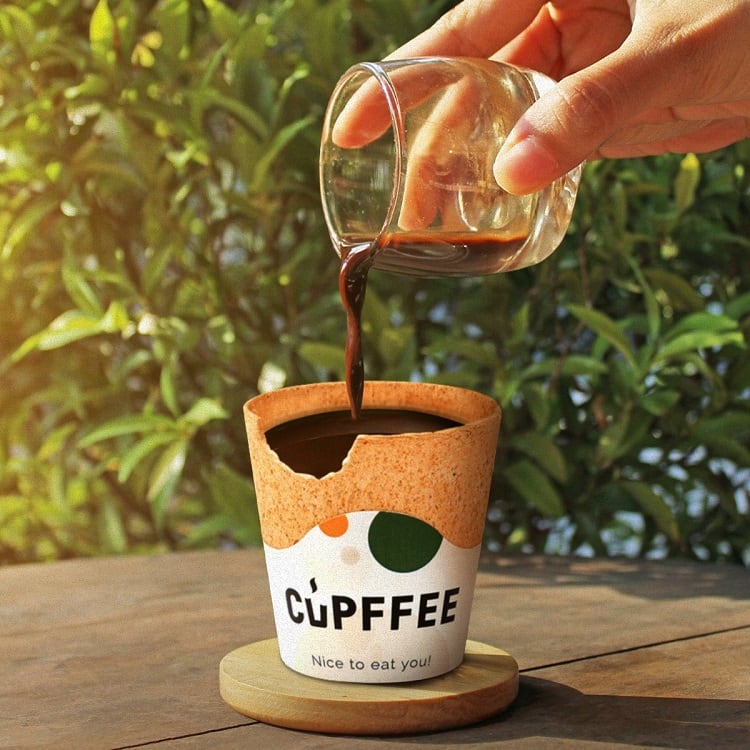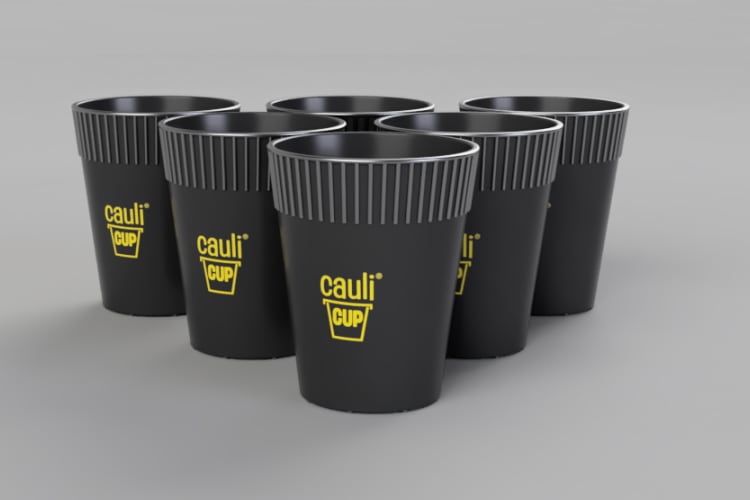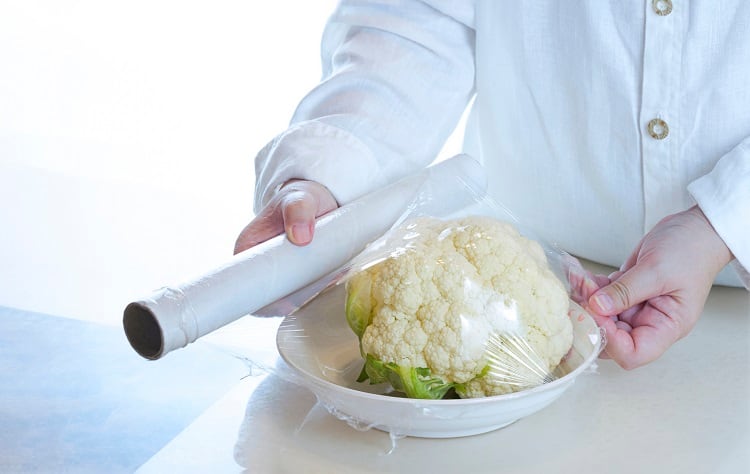Disposable single-use coffee cups are bad news for the environment. Predominantly made from two materials – a paper layer and a polyethylene layer for water and heat resistance –which are difficult to separate, disposable coffee cups are considered unrecyclable.
This makes disposal the most complex issue of the single-use coffee cup life cycle. According to researchers at the University of British Columbia, Canada, the most energy-intensive process of the single-use coffee cup life cycle is raw materials processing and manufacturing.
Single-use plastics are causing ‘significant’ harm to our environment and ecosystems, noted entrepreneur Miroslav Zapryanov, who is working to disrupt this trend with an edible alternative to paper/polyethylene coffee cups.
The edible cookie cup
Bulgaria-based Cupffee was founded in 2014 and moved into industrial production in 2018. The start-up, headed up by Zapryanov as CEO, makes its edible coffee cups from seven ingredients, including oat bran, wheat flour, sugar and oil.
“It all started with a dream. Back in my school years, I was acutely aware of the plastic waste around me generated daily by all the coffee shops in my hometown,” recalled Zapryanov. “That sparked a pivotal question: what if I could replace these disposable coffee cups with a sustainable, edible alternative?”
The result is a biodegradable wafer cup free from artificial colorants, sweeteners and preservatives. The start-up describes the ‘edible cookie cup’ as a ‘tasty, crunchy, and fully organic alternative to all disposable cups’.
Cupffee is designed for cold or hot drinks and can withstand temperatures of up to 85˚C. “The cup remains crunchy for 40 minutes and does not leak for 12 hours,” Zapryanov told FoodNavigator. “The Cupffee cups don’t alter the taste of the beverage – the taste is natural,” he added.
Depending on the size (110ml for espressos and short drinks, 220ml for cappuccinos, flat whites and tea etc.) the cups have 56kcal or 105kcal. They are also lightweight, coming in at 14g or 26g respectively.
Investment to drive market penetration
Cupffee is selling its B2B offering to companies across the EU, Middle East, Australia and the US, and has collaborated with coffee major Lavazza.
But the start-up wants to increase its penetration in existing market, expand its sales and marketing team, and stimulate demand for sustainable edibles. Securing a €1.3m grant from the European Innovation Council (EIC) and closing a €500,000 Pre-Seed investment round led by Eleven Ventures will help it achieve these goals, suggested Zapryanov.
The main goal of the EIC grant is to further the technological innovations and business improvements at Cupffee, to propel the company towards ‘gobal leadership’ in the production and sales of edible cups and stirrers.
From Eleven Ventures’ perspective, Cupffee represents ‘one of those rare start-ups’ that has moved beyond the lab to establish an industrial process and production. Cupfee is a certified patent owner of its edible coffee cup, and having moved to a fully automated manufacturing line in 2020 now has a production capacity of 2.5 cups per month.
“Today, with an automated manufacturing process, global clients, and the robust backing of Eleven Ventures, we are poised to redefine the coffee-drinking landscape,” said Zapryanov.
"Our mission? To transform disposable coffee culture and drive sustainable change in the food industry, one Cupffee at a time.”




